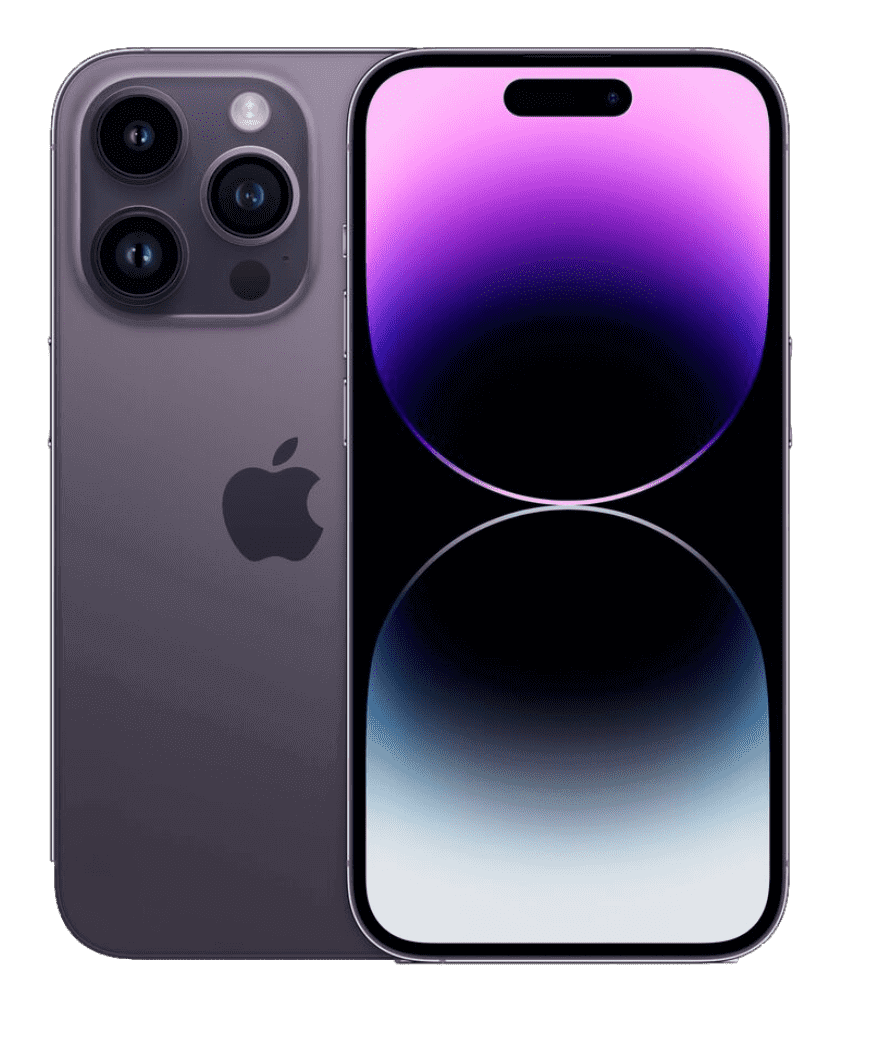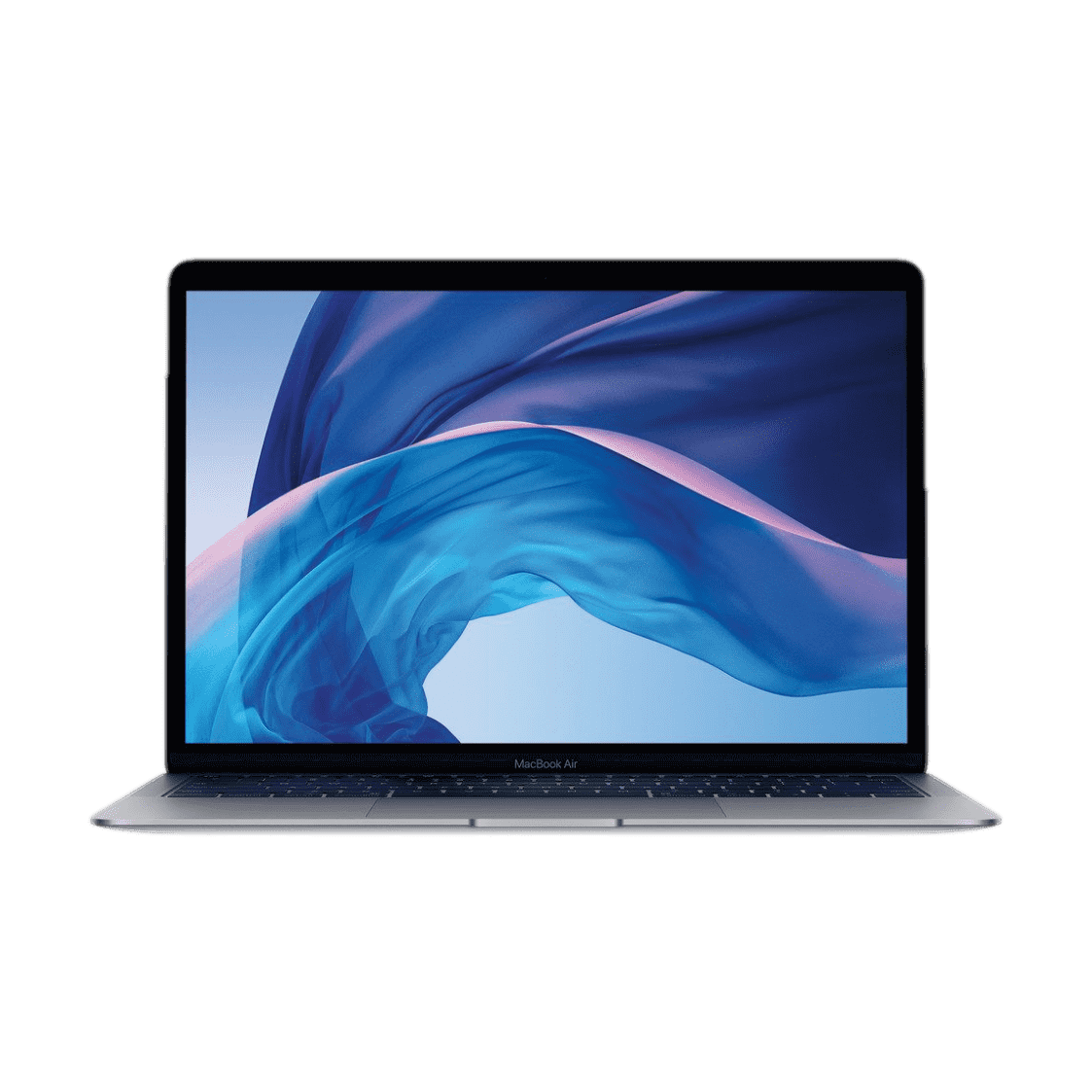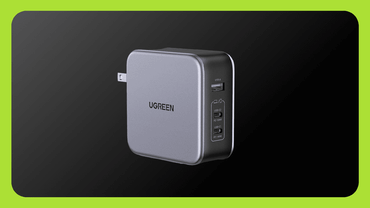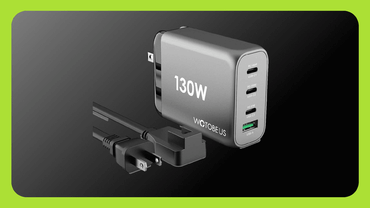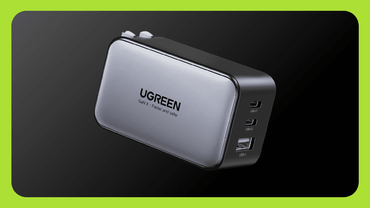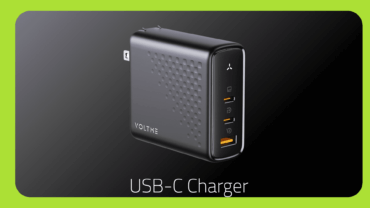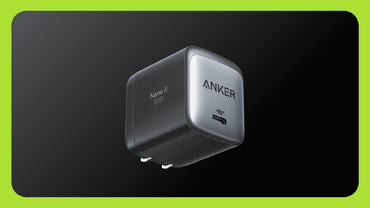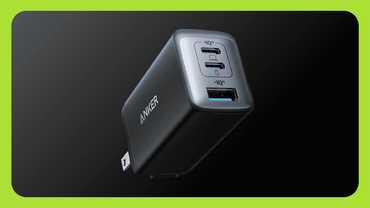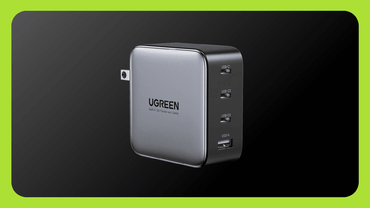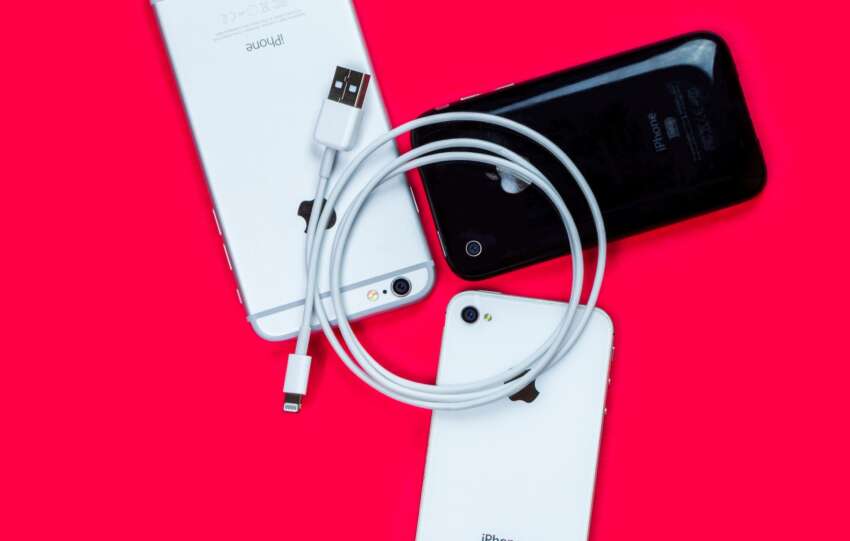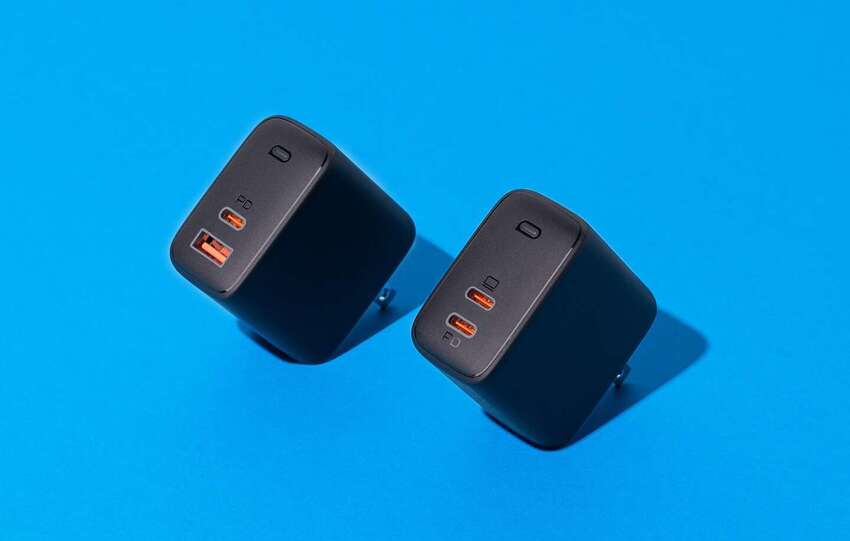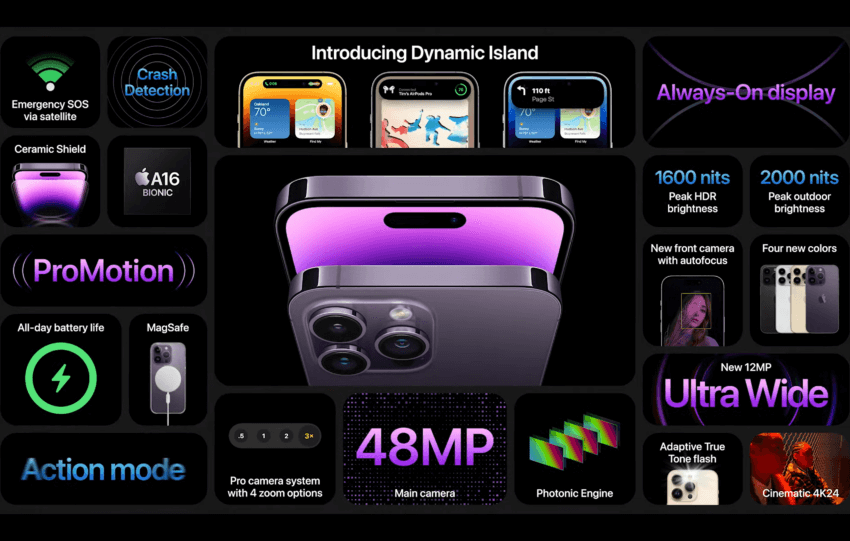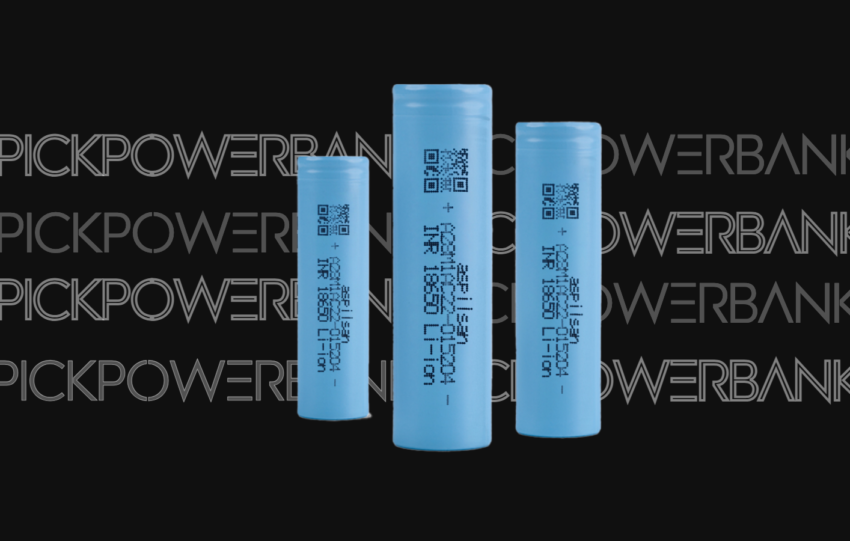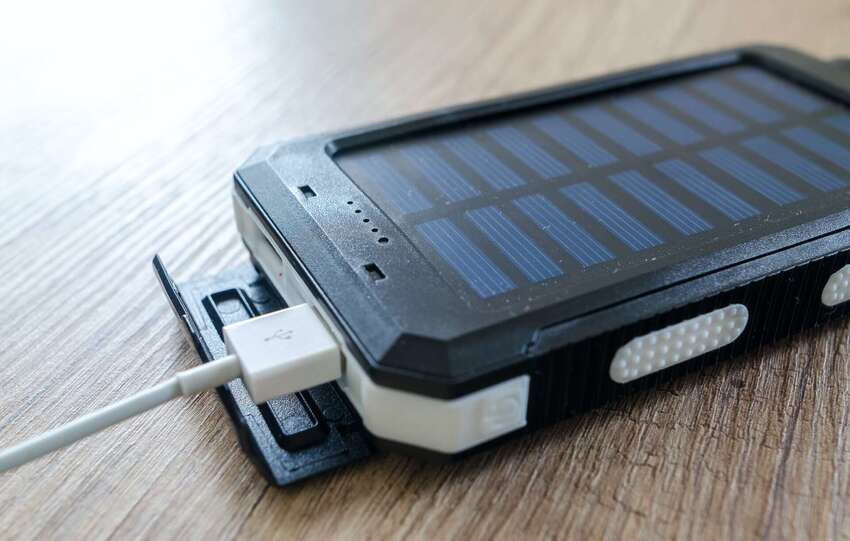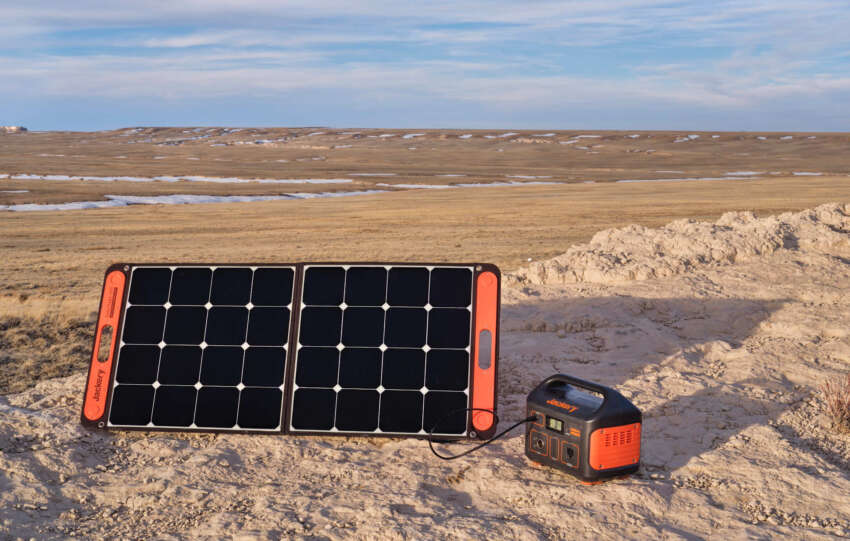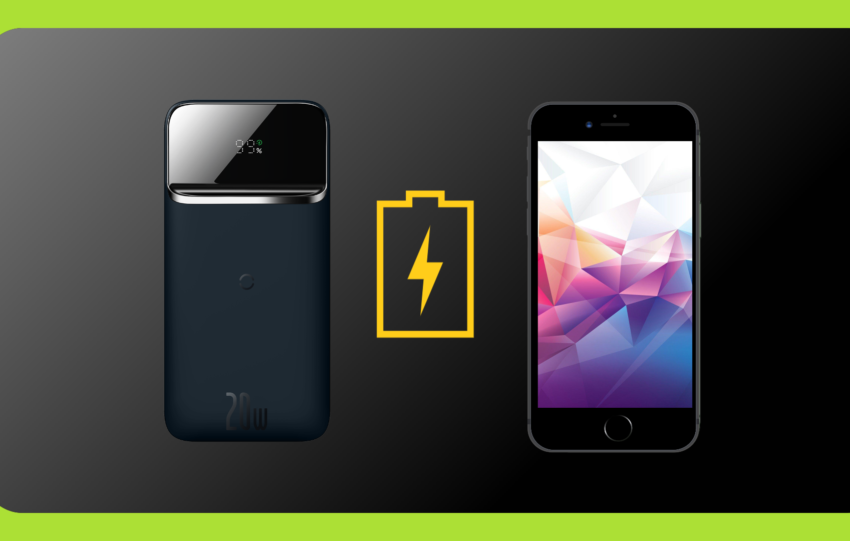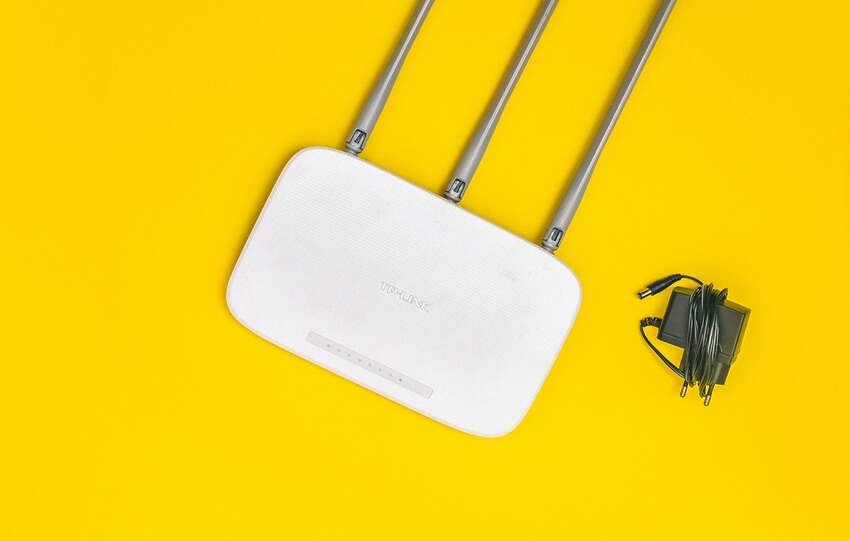Share This Article
USB-C is the latest USB connection standard. It’s a small, reversible connector that can deliver super-fast data transfer speeds and quick charging for your devices. USB-C is also backward compatible with older USB standards, so you can still use your existing USB cables and devices. In this article, we’ll explain everything you need to know about USB-C.
What is USB-C?
USB-C is a new type of USB connector that is capable of much more than previous versions of USB. USB-C can be used for charging devices, transferring data, and connecting to external displays.
One of the most appealing features of USB-C is its reversibility. This means that there is no wrong way to insert a USB-C cable into a port. This can be helpful when you are trying to connect a device in low light or in tight spaces.
USB-C is also capable of much higher data transfer speeds than previous versions of USB. USB-C cables can support data transfer speeds up to 10 Gbps. This is double the speed of USB 3.0 and nearly 20 times faster than the original USB 1.0 standard.
In addition to its speed and reversibility, USB-C connectors are also smaller and more durable than older types of USB connectors. The smaller size makes them ideal for use with mobile devices like smartphones and laptops. The increased durability means that they can withstand repeated use without wear and tear.
If you are in the market for a new charger or cable, look for one that is labeled as “USB-C” or “Type-C”. These cables will work with all devices that have a USB-C port, including iPhones, iPads, Android phones, and laptops from manufacturers like Apple, Dell, HP, and Lenovo.
How does USB-C work?
USB-C is a type of USB connector that is able to carry a much higher amount of data than previous USB connectors.
It can also be used for charging devices and can deliver up to 100 watts of power. USB-C is also reversible, so you can plug it in upside down and it will still work.
Power Delivery between USB Charging Port
| Type | Maximum Power | Voltage | Maximum Current |
| USB 2.0 | 2.5W | 5V | 500mA |
| USB 3.0 | 4.5W | 5V | 900mA |
| USB BC 1.2 | 7.5W | 5V | 1.5mA |
| USB Type-C | 15W | 5V | 3A |
| USB Type-C PD | 100W | 20V | 5A |
Typically Devices Power Consumption
USB-C PD is a new standard that can deliver up to 100 watts of power. This is enough to charge laptops and other devices.
What are the benefits of USB-C?
The benefits of USB-C are many, but the two most important ones are that it’s much faster than older USB technologies and it’s reversible, meaning you can plug it in right-side up or upside down.
USB-C is also often used to refer to the larger USB Type-C connector, which is the same size as a Micro-USB connector. But while Micro-USB connectors can only be plugged in one way, USB-C connectors can be plugged in either way. The benefit of this is that you don’t have to worry about which way is up when you’re plugging in your device.
Additionally, USB-C cables can carry much more power than older USB cables, so they’re often used to charge larger devices like laptops. And because of the increased power capacity, many newer laptops also support using USB-C to connect an external monitor.
USB-C Charging Speed
USB-C Chargers
USB-C is the latest type of USB connector. It’s a small, rectangular connector that can be used for both data transfer and power delivery. USB-C is slowly becoming the new standard for charging electronics, as it can deliver up to 100 watts of power.
What to look for when buying a USB-C charger
When you’re looking for a new USB-C charger, there are a few things you’ll want to keep in mind. First, consider the power output. Most USB-C chargers will offer either 5 volts/3 amps or 9 volts/2 amps of power output, and you’ll want to make sure your charger can provide enough power to charge your device at its fastest possible speed.
You’ll also want to consider the length of the charging cable. Some USB-C chargers come with short cables, while others come with longer cables that are more convenient for use in larger spaces.
Finally, make sure to check the reviews for any USB-C charger you’re considering buying. This will give you an idea of what other customers have experienced with the charger and can help you make a more informed decision.
Top 5 USB-C chargers
8 Best USB-C Chargers with PD enable
If you’re looking for a top-quality USB-C charger, you’ve come to the right place. In this guide, we’ve rounded up the five best chargers on the market, based on our extensive testing.
We’ve tested dozens of USB-C chargers over the past few years, and our favorite is the Anker Charger. It’s a small, lightweight charger that can output up to 60 watts of power, making it perfect for charging laptops, tablets, and smartphones.
FAQ
USB-C is a new type of USB connector that is slowly becoming the new standard. It is reversible, so you don’t have to worry about which way is up, and it can carry a lot more power than previous versions of USB. You can also use it to charge your devices much faster.
CAN I USE A USB-C CHARGER WITH MY EXISTING DEVICES?
In short, no. USB-C is a new standard and is not compatible with existing USB chargers or cables. However, many manufacturers are now offering adapters that Allow you to use your old chargers with your new devices.
DO ALL USB-C CHARGERS WORK WITH ALL USB-C DEVICES?
The short answer is no. Although the USB-C connector is designed to be compatible with a wide range of devices and chargers, there are still some compatibility issues to be aware of.
For example, not all USB-C chargers are created equal. Some may only support data transfer, while others may support charging as well. In addition, some USB-C chargers are designed for specific devices, such as the Apple MacBook or Google Chromebook Pixel, and may not work with other USB-C devices.
To complicate matters further, some devices may require a specific type of charger in order to work properly. For example, the Nintendo Switch requires a charger with an output of at least 5 volts and 2.0 amps in order to function properly.
In general, it’s always best to check with the manufacturer of your device or charger to see if there are any compatibility issues that you should be aware of.
WHAT ARE THE DIFFERENCES BETWEEN USB-C AND OTHER CHARGING TECHNOLOGIES?
USB-C is the latest in USB charging technology. It is a type of connector that is used to connect devices to computers or chargers. USB-C is more versatile than other types of USB connectors because it can be used for both data transfer and power delivery. It is also reversible, so you can plug it in without having to worry about the orientation of the connector.
Other types of USB connectors include Micro USB and Mini USB. Micro USB is commonly used for charging phones and other small devices. Mini USB is less common and is mostly found on older devices.

